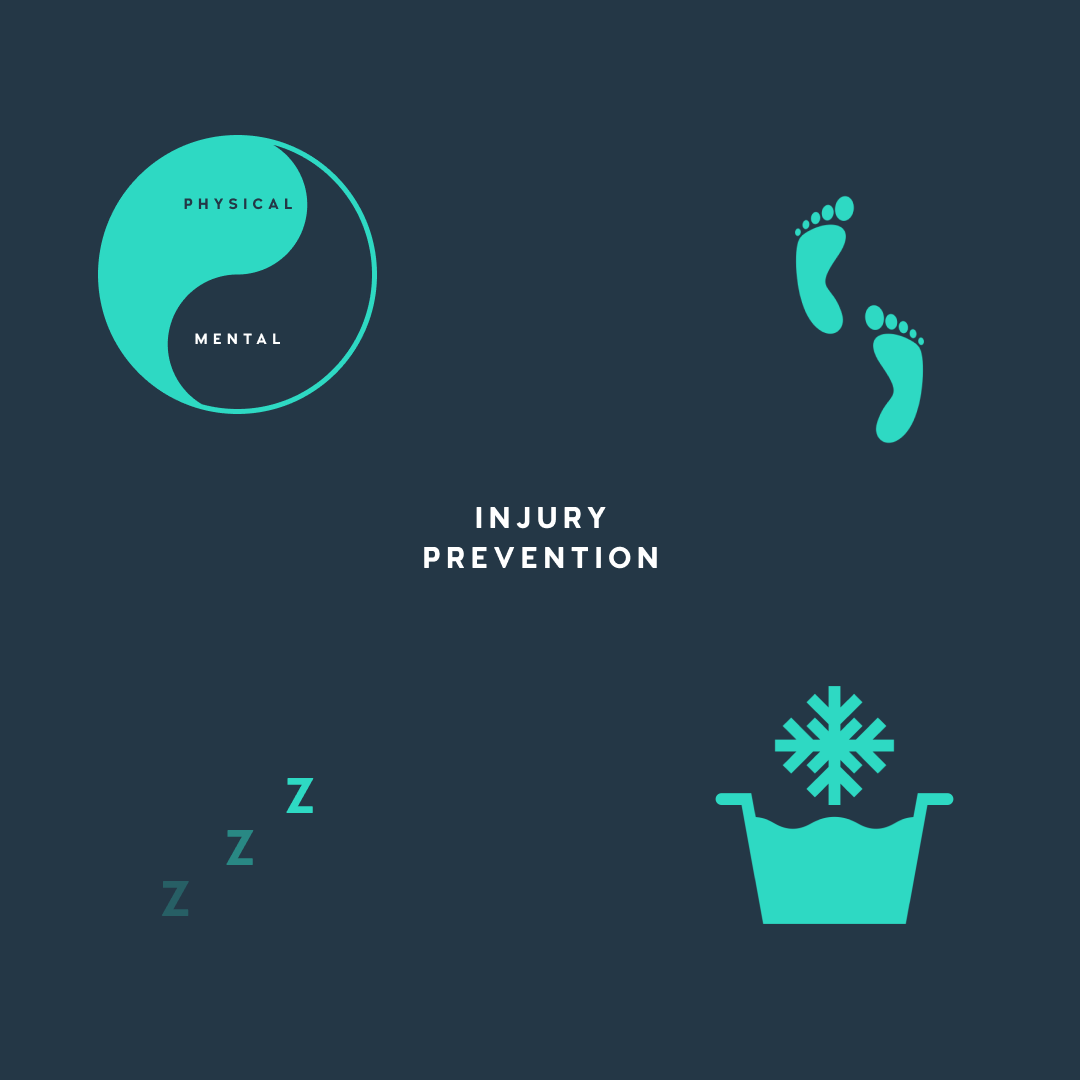
Unconventional Approaches to Injury Prevention
Injury prevention is a major concern for anyone involved in physical activities, be it a professional athlete or a weekend warrior. The conventional wisdom suggests a regimen of regular exercises, proper diet, and ample rest. But what if we told you there are other unconventional, yet effective ways to prevent injuries? This article will explore these unique strategies, ranging from alternative medicine, holistic health practices, and innovative therapies.
Here is a quick rundown of the topics we will cover:
- The Role of Yoga and Meditation in Injury Prevention
- Healing Powers of Biofeedback Therapy and Acupuncture
- Unleashing the Potential of Sports Psychology
- Nutritional Strategies for Injury Prevention
- Art and Music Therapies: The Unknown Soldiers of Stress Relief
- Pioneering Practices in Physical Therapy
- The Healing Power of Water and Cold
- And much more!
The Mind-Body Connection: Yoga and Meditation
Yoga isn't just about flexibility and balance; it's a comprehensive discipline that promotes strength, resilience, and mindfulness – all vital for preventing injuries. Studies have demonstrated that a regular yoga routine can enhance proprioception and body awareness, key factors in avoiding accidental injuries.
Equally important is the practice of meditation, a cornerstone of holistic health. Regular mindfulness practice not only helps manage stress but also improves focus, a critical aspect in injury prevention. Mindfulness training teaches us to listen to our bodies, detect potential issues early, and adjust our actions accordingly.
Biofeedback Therapy and Acupuncture
Biofeedback therapy and acupuncture might seem like new-age jargon, but their efficacy in injury prevention and pain management is well-documented. Biofeedback therapy uses sensors to provide real-time data on various physiological functions, enabling individuals to control their bodily processes consciously. It's particularly effective for managing stress injuries and repetitive strain injuries.
Acupuncture, a pillar of traditional Chinese medicine, offers an effective, non-pharmacological method to manage pain and expedite recovery. Although a holistic approach, it is steadily gaining recognition in conventional medicine for its therapeutic benefits.
The Impact of Sports Psychology
Sports psychology has proven incredibly useful in understanding the mental factors that affect physical performance. But it's not just about the competitive mindset. It can also teach athletes to deal with the psychological impact of injuries, boost their confidence, and help them adhere to rehabilitation programs more effectively, thereby preventing further injuries.
Nutrition and Hydration
As the old saying goes, "You are what you eat." A balanced, nutrient-dense diet fuels our bodies, supports tissue repair, and strengthens the immune system. Certain foods known for their anti-inflammatory properties, like berries, fatty fish, and green leafy vegetables, can accelerate healing and prevent injuries.
Hydration, too, plays a pivotal role. Adequate fluid intake maintains muscle elasticity and joint lubrication, thus preventing strains, sprains, and other overuse injuries.
Art Therapy and Music Therapy
These two might sound the most unconventional on our list, but hear us out. Art therapy can be an excellent stress-relieving activity, and we all know that high-stress levels can impede healing and lead to injuries.
Similarly, music therapy can serve as a relaxation tool, reducing stress, improving mood, and aiding in recovery. Moreover, music can enhance athletic performance by altering perceived exertion, improving motor coordination, and promoting a positive mood.
Advancements in Physical Therapy
Innovation is not limited to tech industries; it has made a significant impact on physical therapy as well. One such novel method is virtual reality rehabilitation. This method allows for controlled, safe environments where patients can perform physical therapy exercises, which can improve balance, coordination, and strength, ultimately reducing the risk of injury.
Moreover, Tai Chi, an ancient martial art form, is becoming increasingly popular in modern physical therapy. It focuses on slow, deliberate movements, promoting flexibility, stability, and strength, which are crucial in preventing injuries.
Embracing the Power of Water and Cold
Hydrotherapy and Cryotherapy are emerging as potent methods in injury prevention and recovery. Hydrotherapy uses the physical properties of water, such as temperature and pressure, for therapeutic purposes, improving circulation, reducing inflammation, and relaxing muscles.
On the other hand, Cryotherapy involves brief exposures to extremely cold temperatures, known for its pain-relieving and anti-inflammatory effects. It's a technique favored by many athletes for recovery and injury prevention.
Harnessing the Benefits of Natural Remedies
Herbal supplements and homeopathic remedies are gaining popularity for their potential benefits in recovery and injury prevention. Supplements like turmeric and ginger are renowned for their anti-inflammatory properties, aiding in faster recovery.
Homeopathic remedies offer personalized treatment plans focusing on the individual's holistic well-being, considering all physiological, psychological, and lifestyle factors contributing to the person's health.
The Verdict
Unconventional approaches to injury prevention may seem daunting or odd at first, but their effectiveness is hard to ignore. While traditional prevention methods remain crucial, these innovative strategies provide an additional layer of protection, addressing the injury problem from different angles.
So, the next time you think about injury prevention, consider exploring these unconventional methods. Whether it's taking a moment to meditate, trying out a Tai Chi class, or even experimenting with art or music therapy, your body (and mind) might thank you for it. For more insights into health and fitness, check out our other blog posts here.
Remember, the most effective injury prevention strategy is the one that works best for you. Always consult with a healthcare professional before starting any new regimen. Stay safe, stay healthy!



